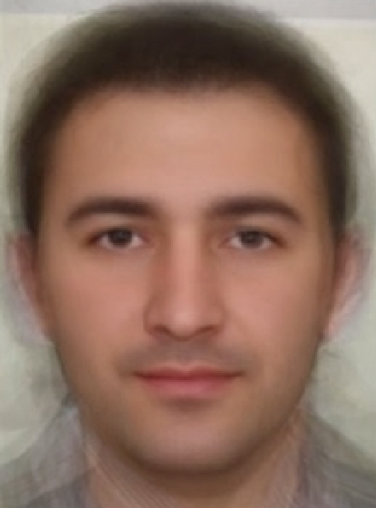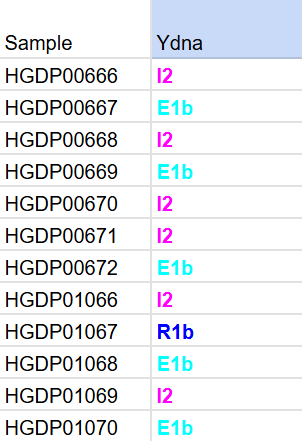12 Sardinians from Sardinian.HO group in AADR + HO dataset
Sardinia, the second-largest island in the Mediterranean, has been inhabited since the Paleolithic, but its defining cultural and genetic history begins in the Neolithic. Around 6000–5000 BCE, farmers from Anatolia and the Aegean crossed into the western Mediterranean. These early agriculturalists brought domesticated plants, animals, and farming techniques, and their descendants became the ancestors of the island’s inhabitants. Genetic studies show that modern Sardinians preserve some of the highest levels of Anatolian Neolithic farmer ancestry in Europe, more so than mainland Italians, Iberians, or Greeks.
Take a look at this qpAdm model. According to it, Sardinians are around 61 percent Anatolian Neolithic farmer, 16 percent Iranian Neolithic farmer, 9 percent Natufian, and 14 percent Western Hunter-Gatherer.
Unlike much of Europe, Sardinia was relatively insulated from large-scale migrations during the Bronze and Iron Ages (such as Indo-European expansions and later steppe migrations). As a result, Sardinians today are often described as a “genetic time capsule,” preserving lineages that closely resemble those of early European farmers. This makes them a key population in studies of European prehistory.
Sardinian ancestry can be broken down into roughly 55 percent Dzudzuana, 7 percent excess basal Eurasian, 21.1 percent West Eurasian, and 17 percent Ancient North Eurasian. Sardinians have the lowest Ancient North Eurasian admixture in Europe.
According to Fst analysis, the closest ethnicities to sardinians are north italians, followed by the Spanish and Albanians. Strangely, Sicilians come even after albanians, likely due to the large portion of east mediterranean ancestry in sicily.
For this video, I’ve gathered the genomes of 12 ethnic Sardinians from Reichlab’s aadr + .HO dataset. I used my trait predictor tool to analyze their genomes.




